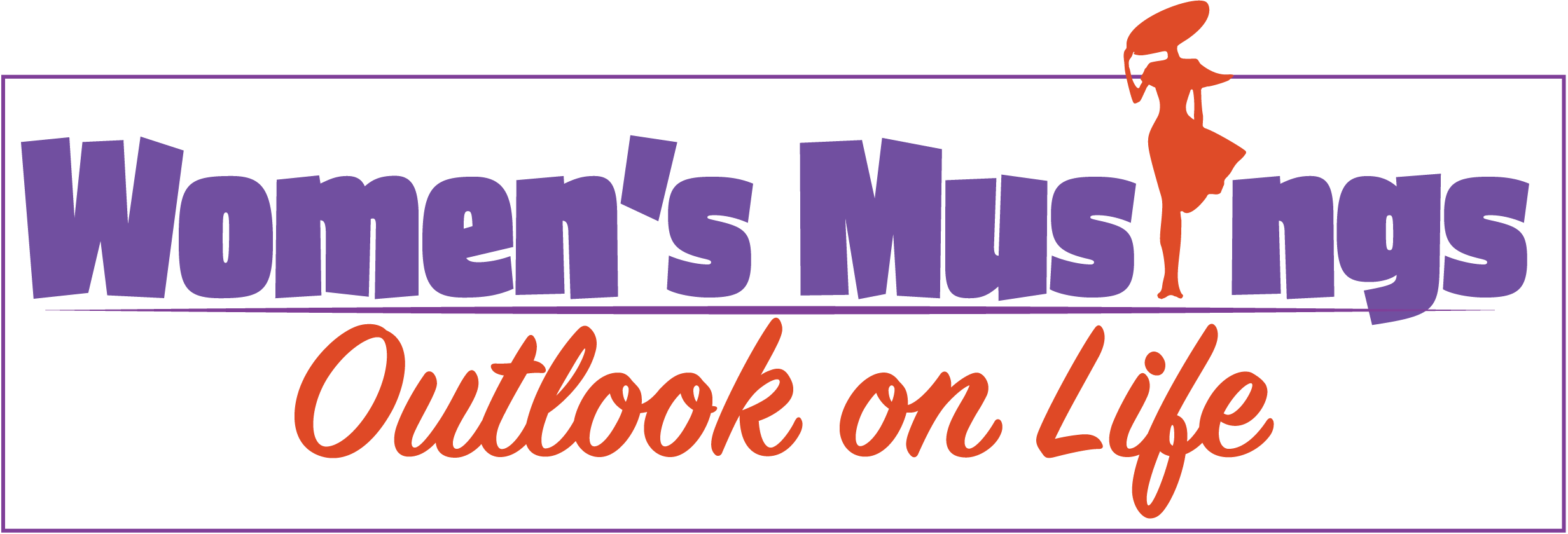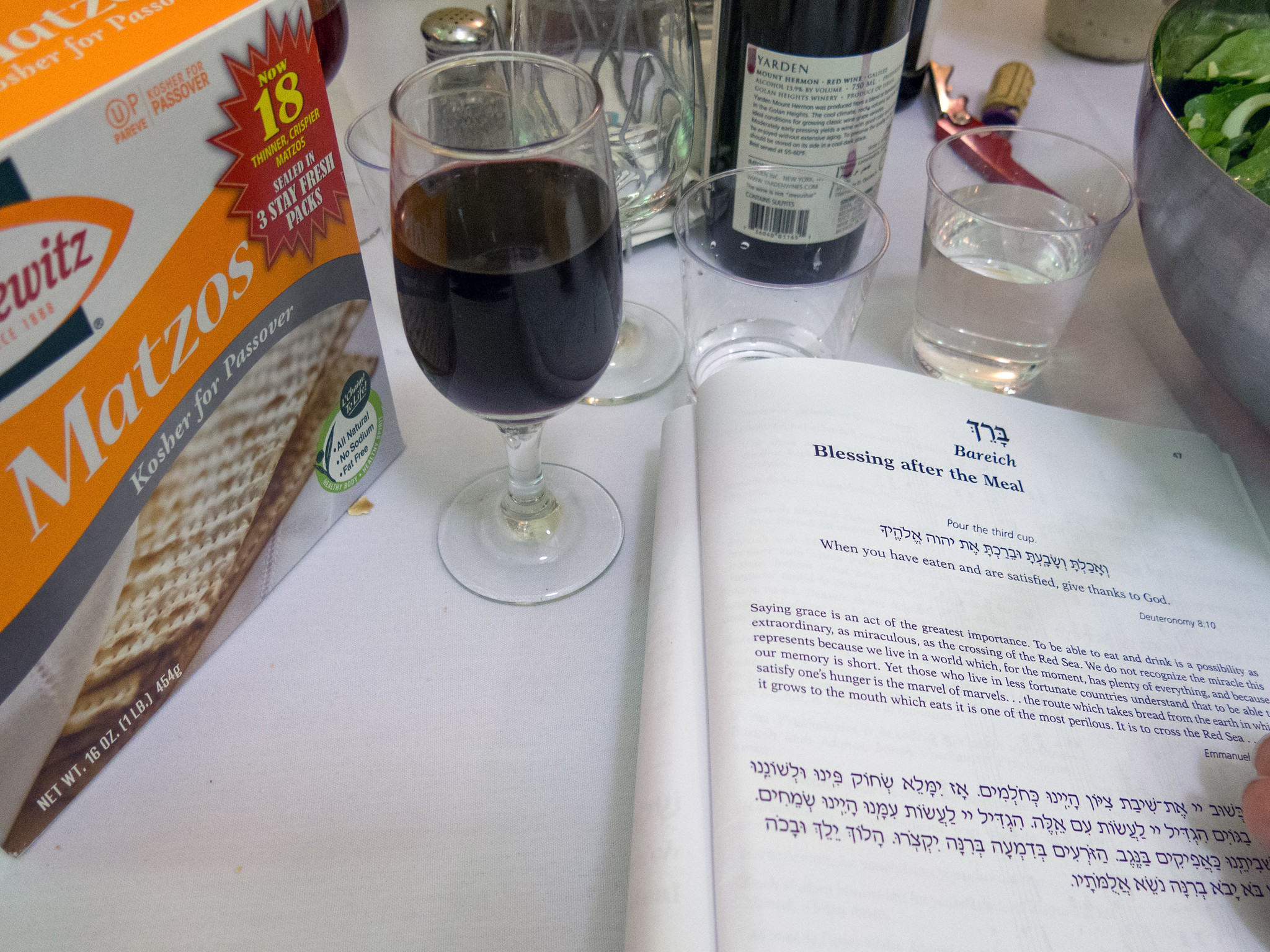Unique Passover
Image: Robert Couse-Baker
(Wherefore different from all other holidays?)
Passover is celebrated in Nissan, the first month of the Jewish calendar. It was the first holiday of the Israelites or Hebrews. They could not become a nation until they left Egypt and were free. Mordecai, Queen Esther’s uncle, conceived the name Jews. Both of these concepts are too to confusing to go into here.*
Passover is a spring holiday celebrated for seven days (in Israel); eight days (in the Diaspora). It is only one of three Pilgrimage Festivals (Shavuot and Sukkot, the other two) when Jews brought sacrifices to the Temple in Jerusalem.
Preparation
No other holiday has the cleanliness or strictness of Passover. I have always said that the Jews invented spring cleaning. Everything from top to bottom must be cleaned. My rabbi complained that he always forgot to label the suit he wore for Tashlicht (when, on Rosh Hashanah, breadcrumbs are removed from your pocket and thrown into moving water to symbolically wash away your sins in September). Thus, that suit needed special attention.
Making the home chametz-free is a major job, with its own ritual. Bedikat chametz, which takes place the nightfall before the Seder, is a ceremony in which the home is searched to remove the slightest chametz. By the light of a wax candle, with a wooden spoon and feather, the search begins with its own blessing. A blessing must never be recited without good reason, so a few crumbs of bread are deliberately left in obvious places. The collection of these remnants is then burned the next morning before 10 a.m., again with a special prayer. You then know that every corner has been attacked and at least for a few weeks that cleanliness lasts.
Rules/Traditions
I don’t believe there is a more complicated holiday than Passover. The rules and traditions vary with one’s degree of religiosity and even ethnicity. Sephardic Jews are from the countries around the Mediterranean Sea— southern Europe, Northern Africa and the Middle East. Jews from Northern European countries — Poland, Germany, Slavic and east to Russia — are Ashkenazic. This division came before the Age of Exploration. Being Ashkenazic or Sephardic was based on the family’s heritage in the Old World.
Traditional Jews follow the precepts of eating only unleavened bread (matzah) for the entire holiday of Passover. However, Sephardic Jews eat “kitniyot,” any grains or pseudo-grains, including, rice, beans, lentils, peas, string beans, chickpeas, soybeans, peanuts (corn wasn’t discovered until the Americas) and all legumes. This includes anything made from these items, such as peanut butter, corn syrup or soybean oil.
Like most Jewish holidays, Passover is centered in the home. Both Ashkenazim and Sepharadim celebrate the holiday with a Seder dinner using symbolic foods and following a Haggadah (the guide that instructs the service). No other holiday has such a book.
Some parts of the Seder are celebrated differently: For example, Ashkenazim recite a blessing over the four cups of wine as opposed to just the first and third for Sefardim. The afikomen is hidden in Ashkenazi homes and children search for it, the finder being rewarded. Sephardic children march around with it.
Some Sephardic Jews end the holiday with another celebration, Mimouna, a kind of party. The name is in honor of Rabbi Maimon, father of the great Jewish sage Maimonides. People visit one another’s homes with gifts of freshly-prepared chametz, such as pancakes, donuts and crepes.
Foods
Besides the foods themselves, symbolic dishes, eaten at the Seder and how they are prepared or used can be different. For example, charoset recipes differ between Ashkenazi and Sephardi Jews. There are many different charoset recipes. I, who am Ashkenazi, make both styles. The Ashkenazic recipe consists of apples, walnuts, wine, while the Sephardic recipe is made with dried fruits. The latter, sometimes is also spicy. The different sects make gefilte fish differently. Participants use scallions to symbolically beat their neighbor at the Sephardic table to represent Egyptians beating the Israelite slaves.
Songs
The different songs and ways to sing traditional ones also vary.
No matter the differences, every time I sit down for the Seder, I am filled with the thought that all over the world, millions of Jews are celebrating this special and unique holiday.
Have a Happy Passover!
*Before the Jews left Egypt, on the first day of the month of Nissan, G‑d told Moses and Aaron: “This chodesh (new moon, or month) shall be to you the head of months.” Thus the peculiarity of the Jewish calendar: the year begins on Rosh Hashanah, the first day of the month of Tishrei (the anniversary of the creation of Adam and Eve), but Tishrei is not the first month. Rosh Hashanah is actually referred to in the Torah as “the first day of the seventh month.”
Read more by Ada Mark Strausberg.

